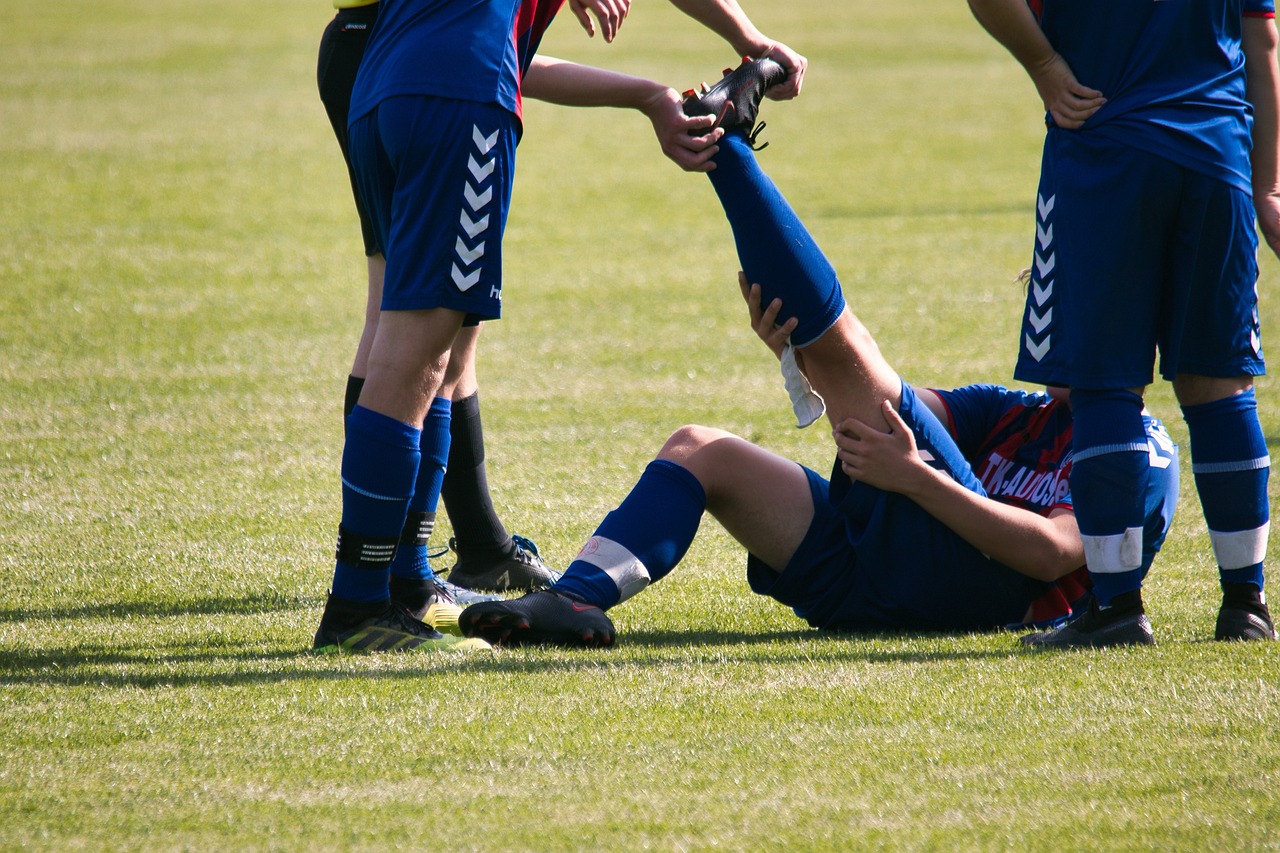You will often hear of hamstrings when watching or taking part in sports, partly because they are among the most commonly experienced sporting injuries. A hamstring injury means an injury to one or more of a group of 3 muscles found at the rear of the thigh.
Hamstring injuries are particularly common because the muscles involved are often put under a lot of duress. For example, football players will often accelerate as quickly as possible, which puts the muscles under a lot of pressure. Such are the pressures involved that the muscle can literally tear, resulting in an unwelcome injury.
How do I know if I’ve Injured My Hamstring
A hamstring injury can be very painful, effectively immobilizing the patient. However, the patient is sometimes still able to walk, or limp, depending on the severity of their condition. If you do suspect you’ve torn your hamstring, one of the first things you should do is to find a place to stay still as more movement might worsen the damage.
In addition to the pain, the patient might also experience a sensation described as tearing or popping. Swelling and tenderness will typically follow, and some patients will have bruises at the rear of their legs.
Diagnosis
One of the first steps to treating an injured hamstring is to diagnose the situation. Diagnosis will often involve imaging technology that will experts clearly see the extent of the injury and is usually a straightforward process.
It’s possible that you might have suffered a different injury with similar symptoms, so a diagnosis will help you receive the appropriate treatment. A diagnosis will also give professionals an idea of the extent of the injury, helping them approach the case accordingly. Once fully diagnosed, the professionals can create a plan to treat the condition.
Treatment
Hamstring injuries can be treated and the patient will make a full recovery in most cases. Even most sports people will return to action within a matter of weeks after picking up an injury, although more severe injuries can take longer.
One of the first things you should do after picking up a hamstring injury is to take pressure off the leg in question. You can also help to reduce swelling by applying ice packs to the affected area. Applying a compression bandage can also help to prevent or reduce swelling.
The patient will often be prescribed painkillers and anti-inflammatories to help ease their symptoms while the injury heals.
Surgery
In some cases, the injury will be severe enough that surgery is required. For example, the muscle might have been pulled away from the bone completely and surgery will be needed to reattach the muscle to the bone.
Of course, most people would prefer to avoid surgery because it can be very uncomfortable. For many sports people, it will also mean spending longer on the sidelines rather than being involved. Medical experts will typically try to avoid surgery where possible.
Physical Therapy
Physical therapy typically involves moving the affected muscle. The patient will usually be asked to undergo a series of exercises that will help to restore the strength in the affected muscle. Of course, over-exercising an injured muscle can worsen the condition, but professionals will know what levels of exercise are appropriate.
While physical therapy can be effective at helping to treat certain types of pain, it can also be used to help with a wide range of other conditions. The treatment is often used in people who have experienced serious accidents to help them rebuild strength in their muscles and joints.
Osteopathy
Osteopathy and physical therapy often go hand in hand, but there are some differences. For example, physiotherapy tends to involve having the patient move their limbs, while osteopathy takes a different approach.
Despite our 21st-century technology, the body is still the most effective healer we know. Our bodies have a very effective defence and repair system known as the immune system. This system works tirelessly 24/7 to keep us protected and ensure our bodies are well-maintained.
If you injure your hamstring then the immune system will begin sending resources to the area to begin repairs. Osteopathy involves massaging and manipulating the body in such a way that it becomes easier for the immune system to do its work, potentially helping to treat ailments like hamstring injuries.
Prevention
The best cure for any condition is to prevent it from happening in the first place. And while it is all but impossible to prevent hamstring injuries, we can at least take some steps to help prevent them from happening.
Prevention of injuries generally involves keeping your body in good overall health and, of course, avoiding situations where injuries are more likely. Athletes in particular will need to keep their bodies in optimal condition to help ensure their hamstrings can cope with the pressure they’re put under.
Osteopathy also helps prevent injuries because it ensures the body is working in harmony and that the immune system is keeping us in top condition. And bear in mind that osteopathy can help keep your body healthy overall, helping prevent a wider range of ailments.
Get in Touch
If you have experienced a hamstring injury and are looking for treatment, please feel free to get in touch with the team at OSTCO. We will be happy to help however we can to have your hamstring muscles fit and strong again. We are also happy to hear from you if you are experiencing any other type of pain, regardless of where in your body it’s located.


